When the first gingerbread is on the supermarket shelves, it's time to think about how your own plants will survive the winter. October is still a bit early for native plants, but for exotic plants it will soon be time for the winter biscuit. Another difference is between balcony plants that are “hardy”, i.e. they can survive outside unscathed, and indoor plants that need winter quarters. In this article you will learn how your plants survive the winter properly.
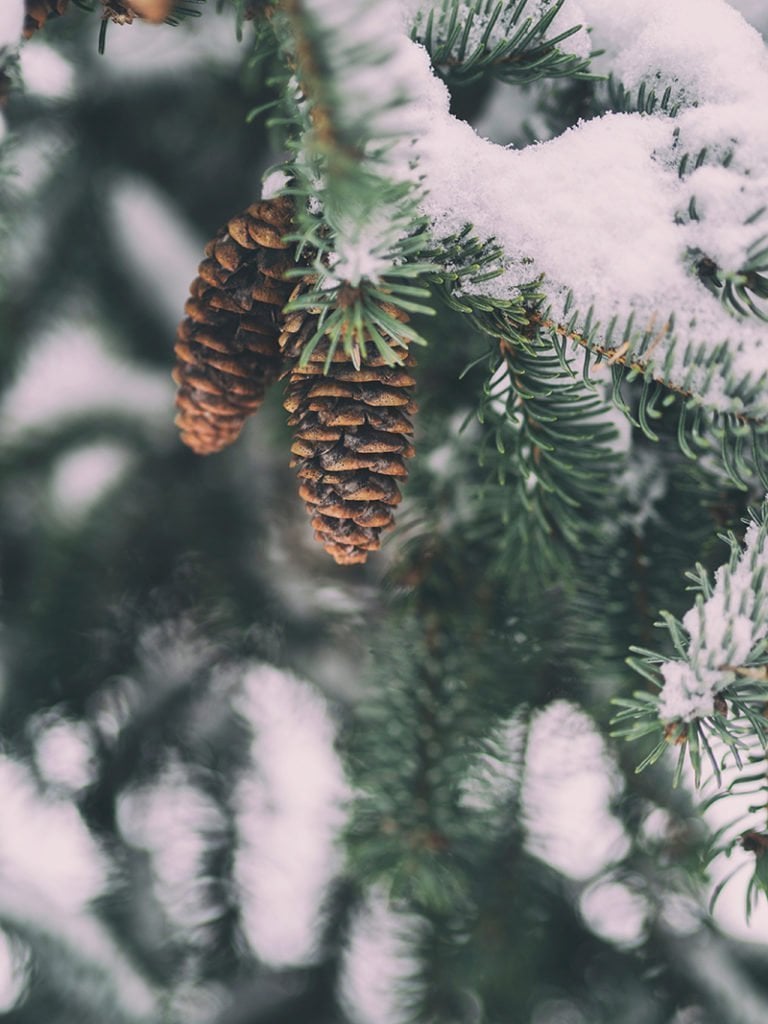
...or on the balcony. Some plants such as boxwood, some bamboo species and olive trees are hardy and can be left outside during the winter. These plants come from regions where there is frost. They are also used to cold winters. Nevertheless, you should prepare your balcony plants for the winter so that they can grow vigorously again in spring.
Protect plants from freezing
Balcony plants should be protected in winter before the ground freezes completely. When it freezes, the plant can no longer absorb water and dies of thirst. To prevent this, you can place the pots on 2-3 cm thick styrofoam. So they are insulated against strong cold from below. The plants can be protected from above, for example by piling leaves or straw on the ground. In addition, the pot can be covered with jute or winter fleece and a film placed over the plant. Packed like this, you can overwinter your plants without any worries .
The last watering before winter
The danger for balcony plants in winter is not so much from low temperatures, but rather from the danger that they will dry out. Even in winter, plants need water. Before the first frost, the plants should be watered well again, then they can absorb a small amount of water. Plants lose moisture through their leaves. If they are in a place with a lot of wind, they can dry out faster. This means that the ideal place for plants to overwinter is one that is sheltered from the wind. It also helps to cover the plant with foil.
Overwinter indoor plants
When houseplants overwinter, it should be noted that plants go dormant in winter. With less light in winter, the plant reduces its metabolism. This means that it needs a lower temperature and less water. Problems can arise if the plant gets little light in winter and at the same time stands over a warm heater. Therefore exotic plants should be overwintered in a winter quarters.
Your plants can overwinter here
A bright stairwell can be a suitable place to overwinter your plants. The ideal temperature here is 5-10 °C. It is important to assess beforehand whether there is a draft in the stairwell. In this case, the basement can also serve as winter quarters. Here the temperature is ideal. However, there is often not enough light. Another option for hibernation can be the bedroom. In winter, the humidity is higher here and many people heat their bedrooms less. The rule of thumb is: the cooler the room, the darker it can be.
Prepare for winter
The plants almost completely stop their life cycle during the winter. Just before the plants come into the house, you should fertilize again. On the topic Fertilize houseplants, read our tips here. Fertilizing creates a cushion that must be sufficient for the next few months. Plants can also be prepared for winter by watering less in the fall.
Before moving to the winter quarters, diseased and damaged shoots should be removed. Pruning protects against pest infestation. Pests that may be on the plants should be collected or cut off with the entire branch.
Care in winter
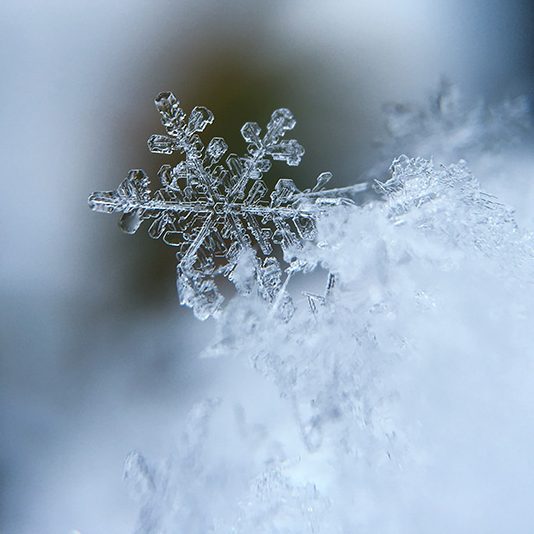
When overwintering your plants, it's important not to water them a lot. However, your plant will be happy if you spray it with water from time to time. This increases the humidity and thus the well-being of the plant.
So-called "vergeilung" sometimes occurs in winter quarters. This is what plants are called that form long, thin and mostly soft shoots. The plant does this to try to find a light source and capture as much of the limited light as possible. The shoots grow quickly, so they are weak and are quickly attacked by pests. If you observe such growth, it is a sign that your plant is in too warm a place. Look above where you can still overwinter your plant.
What do you do with your plants in winter? Do you have any other tips? Feel free to leave us a comment.
.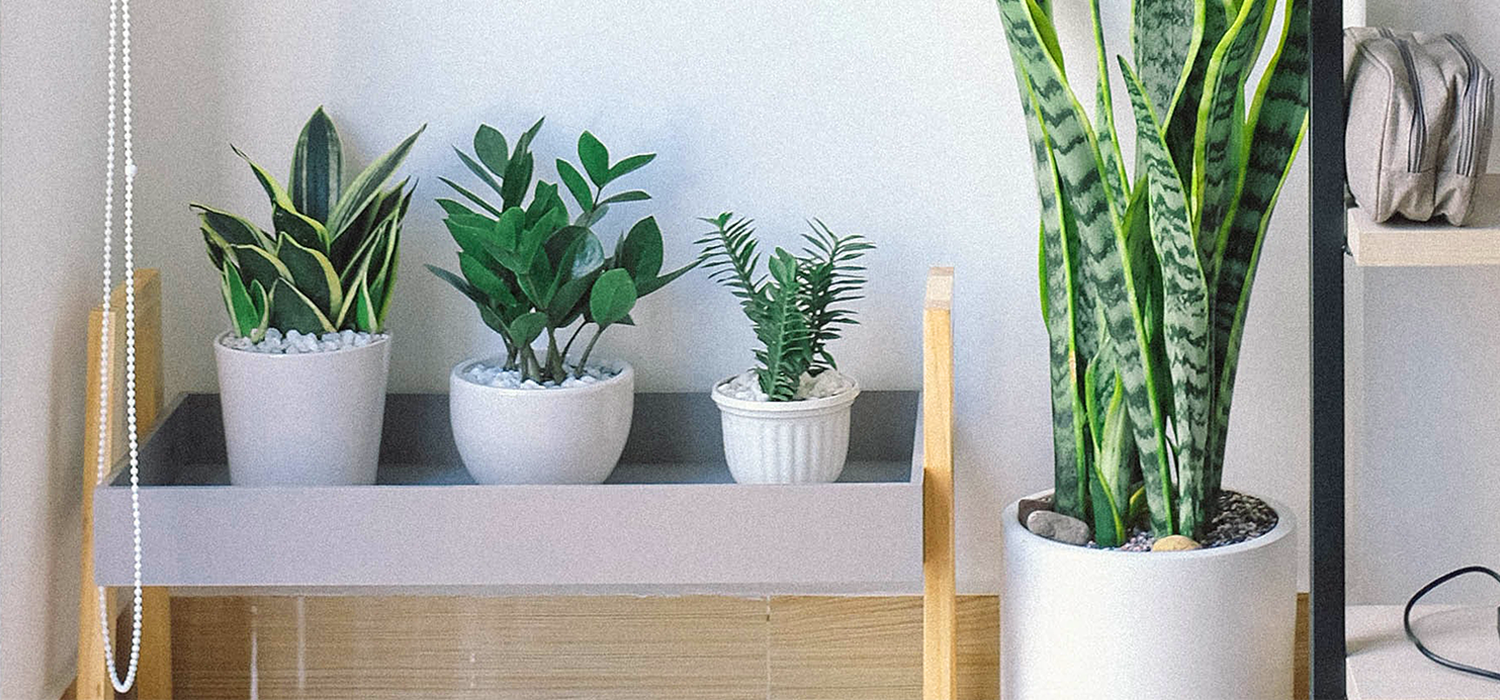
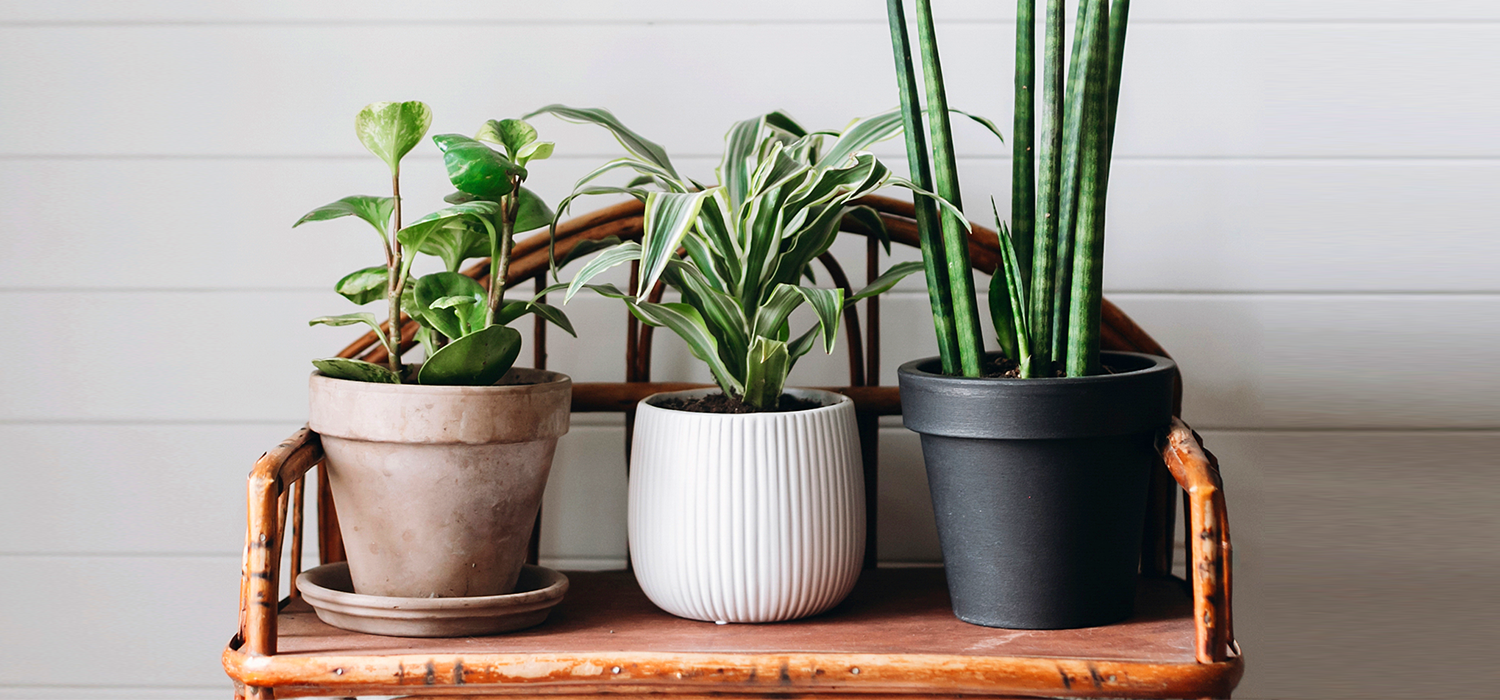

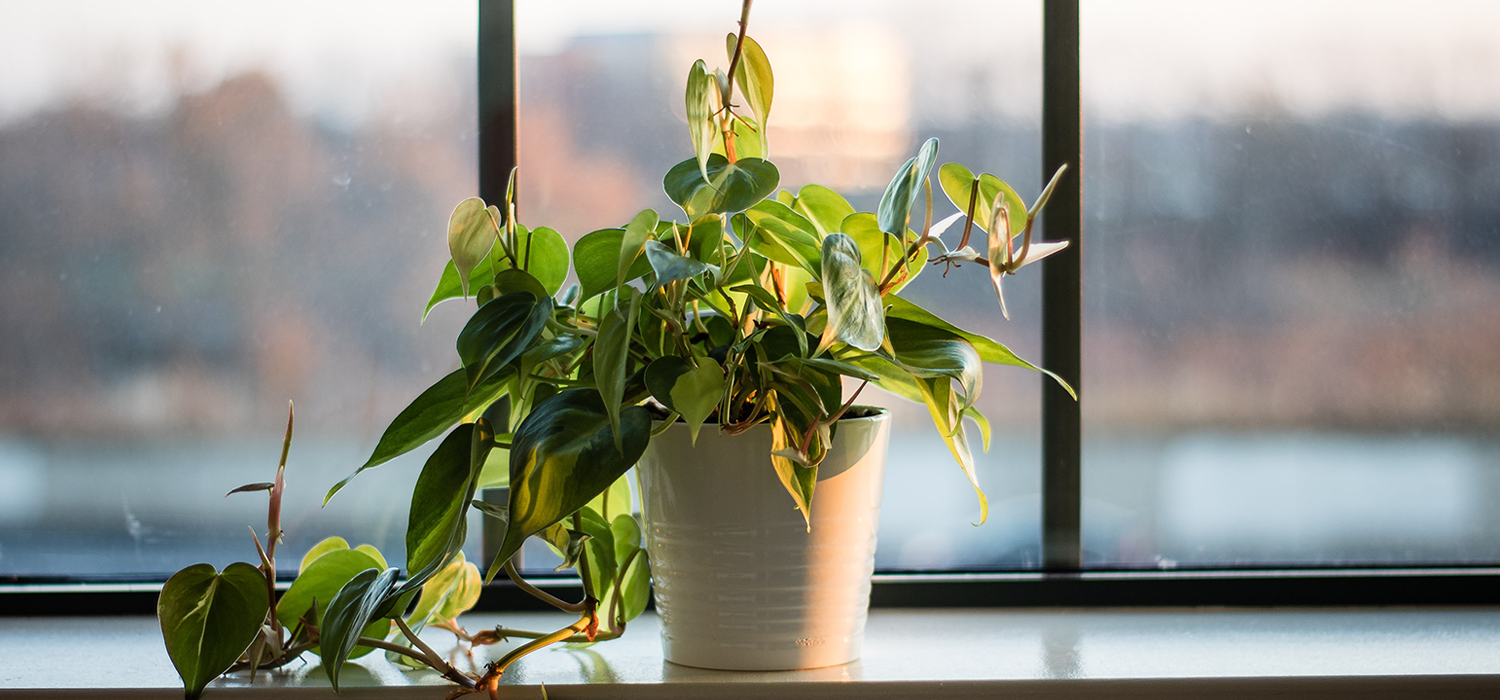
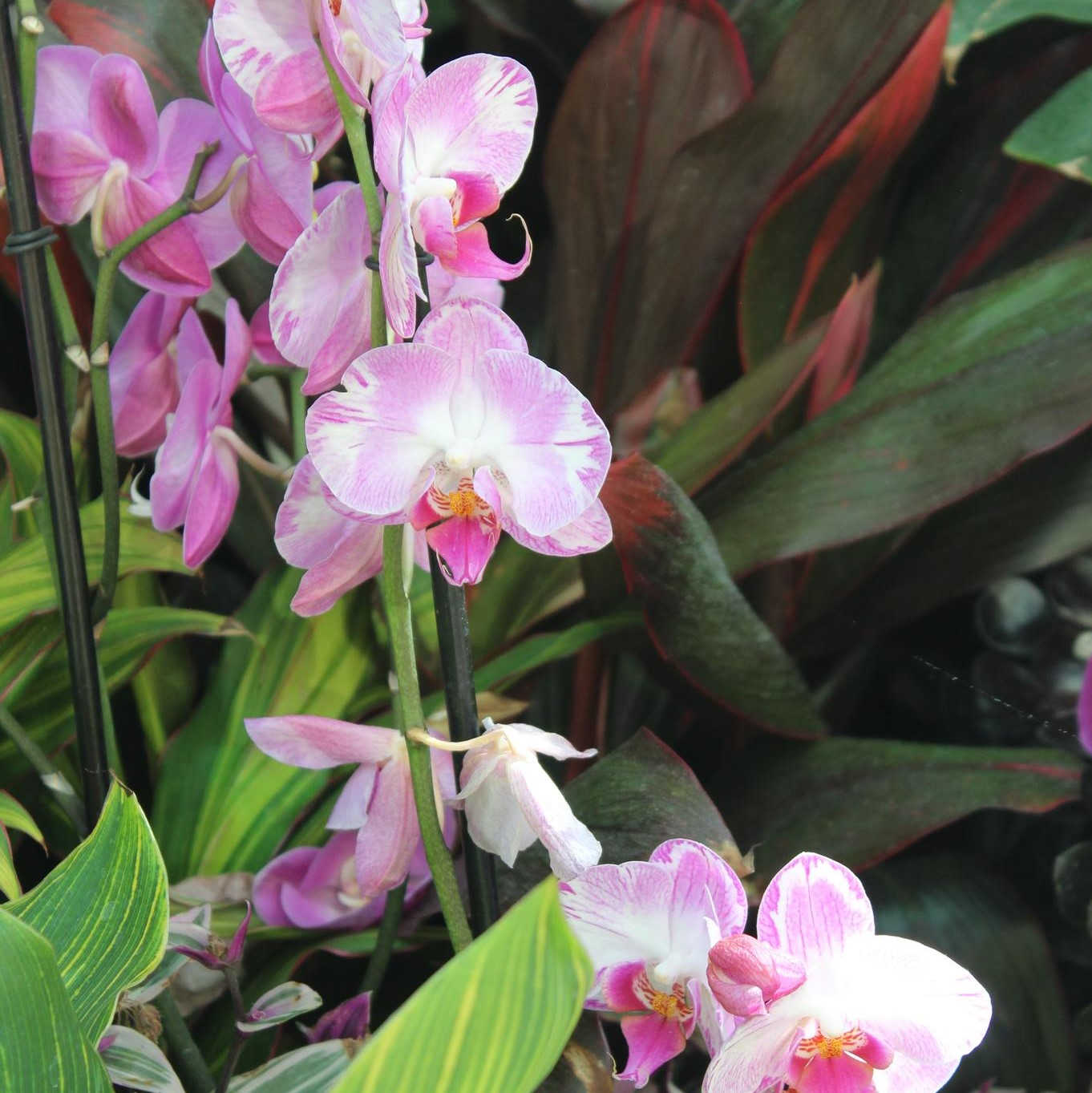
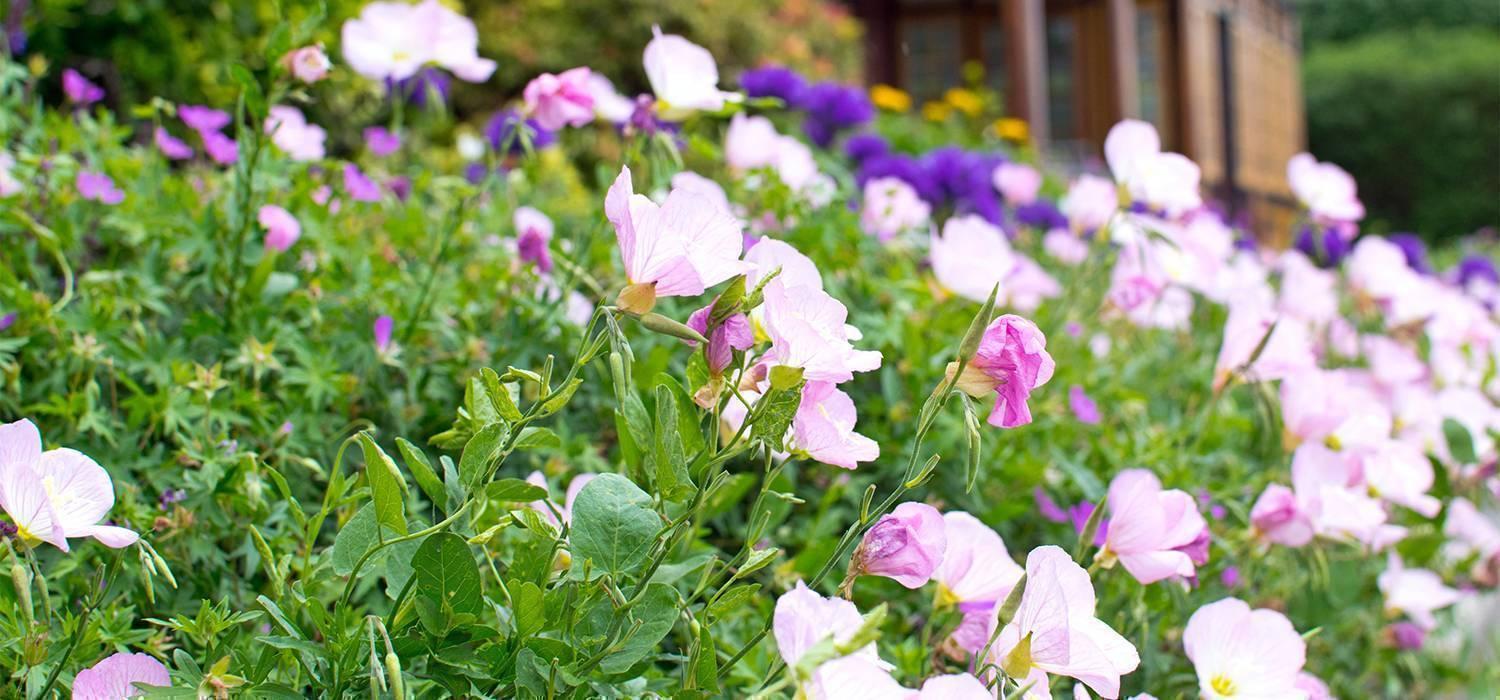
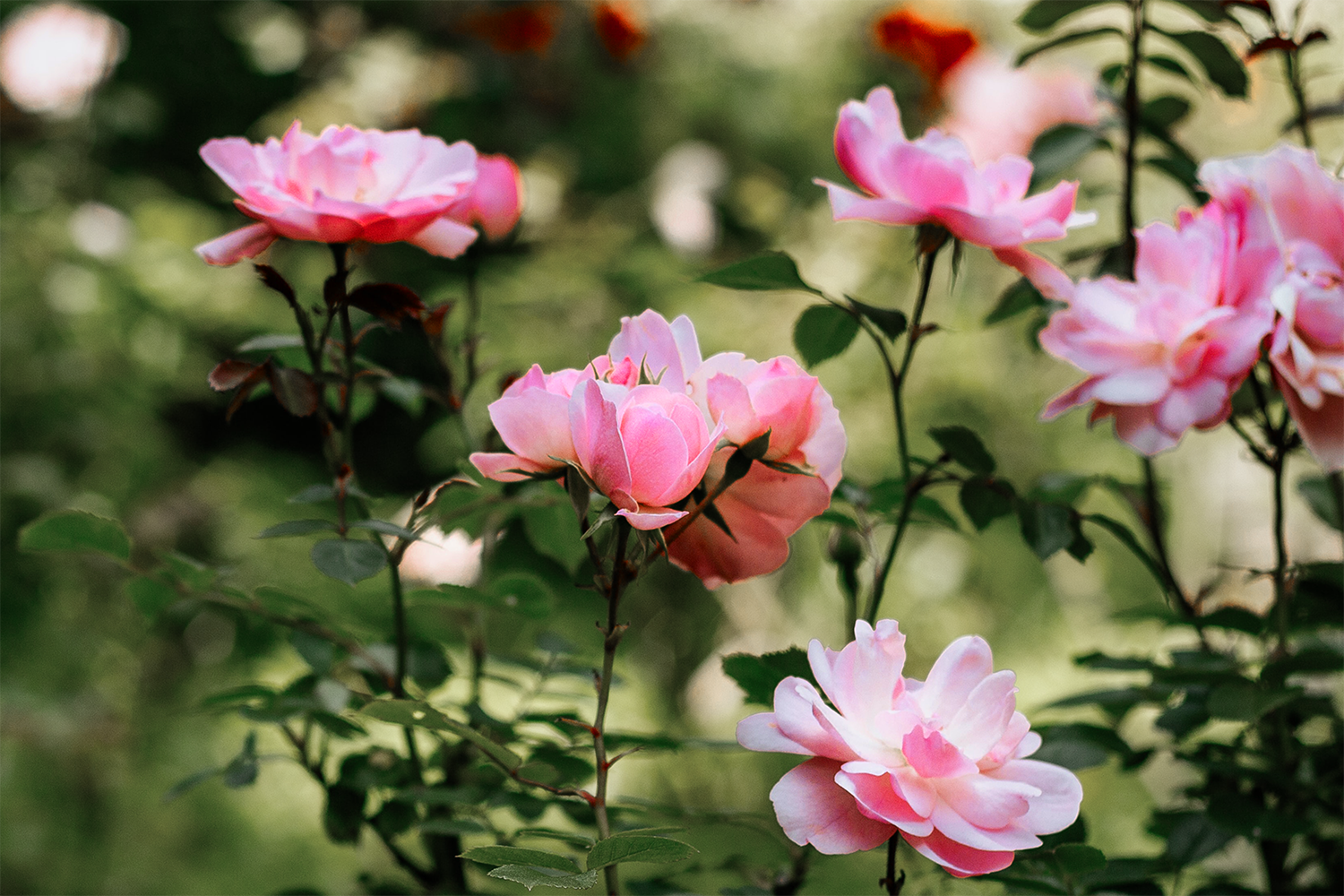
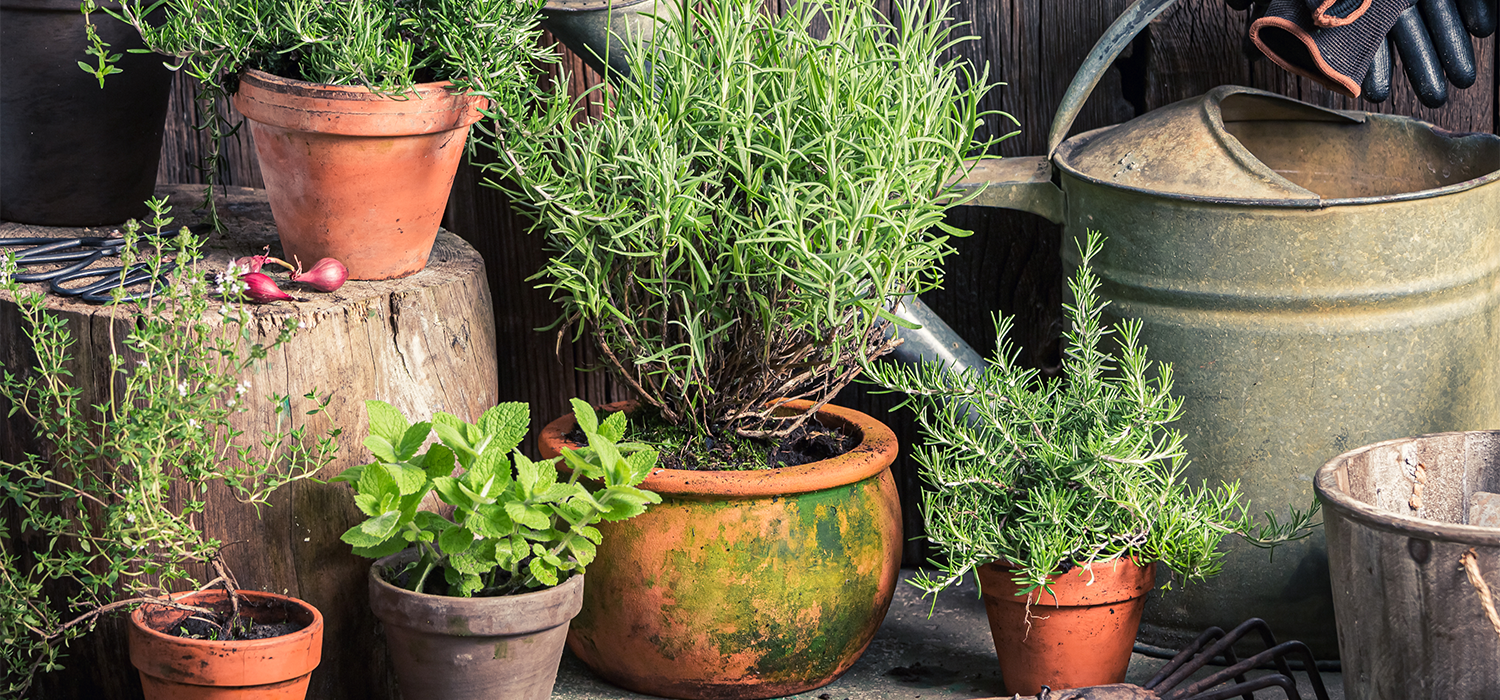
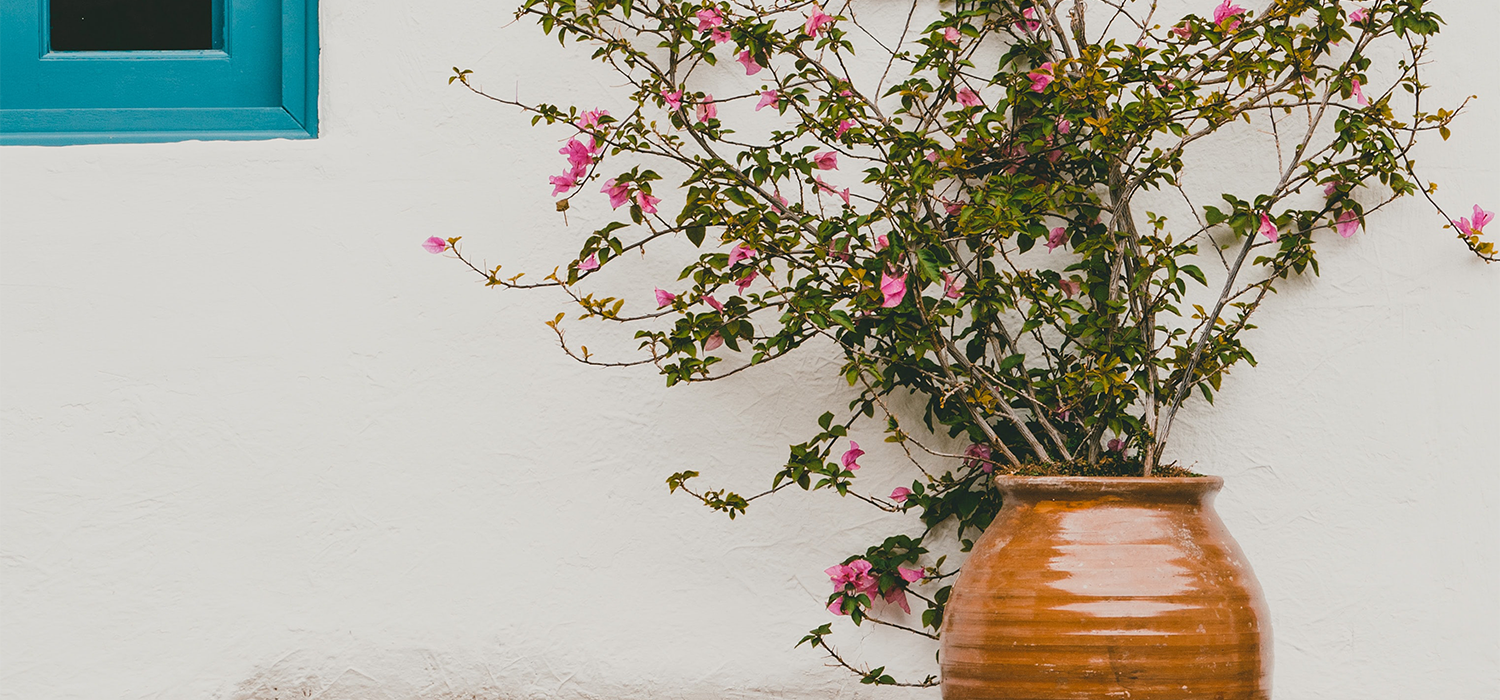

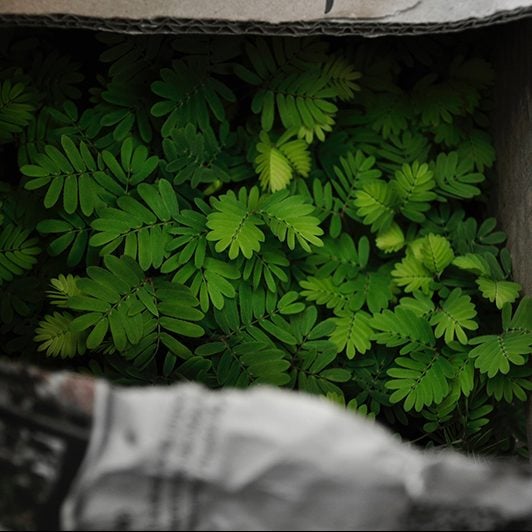
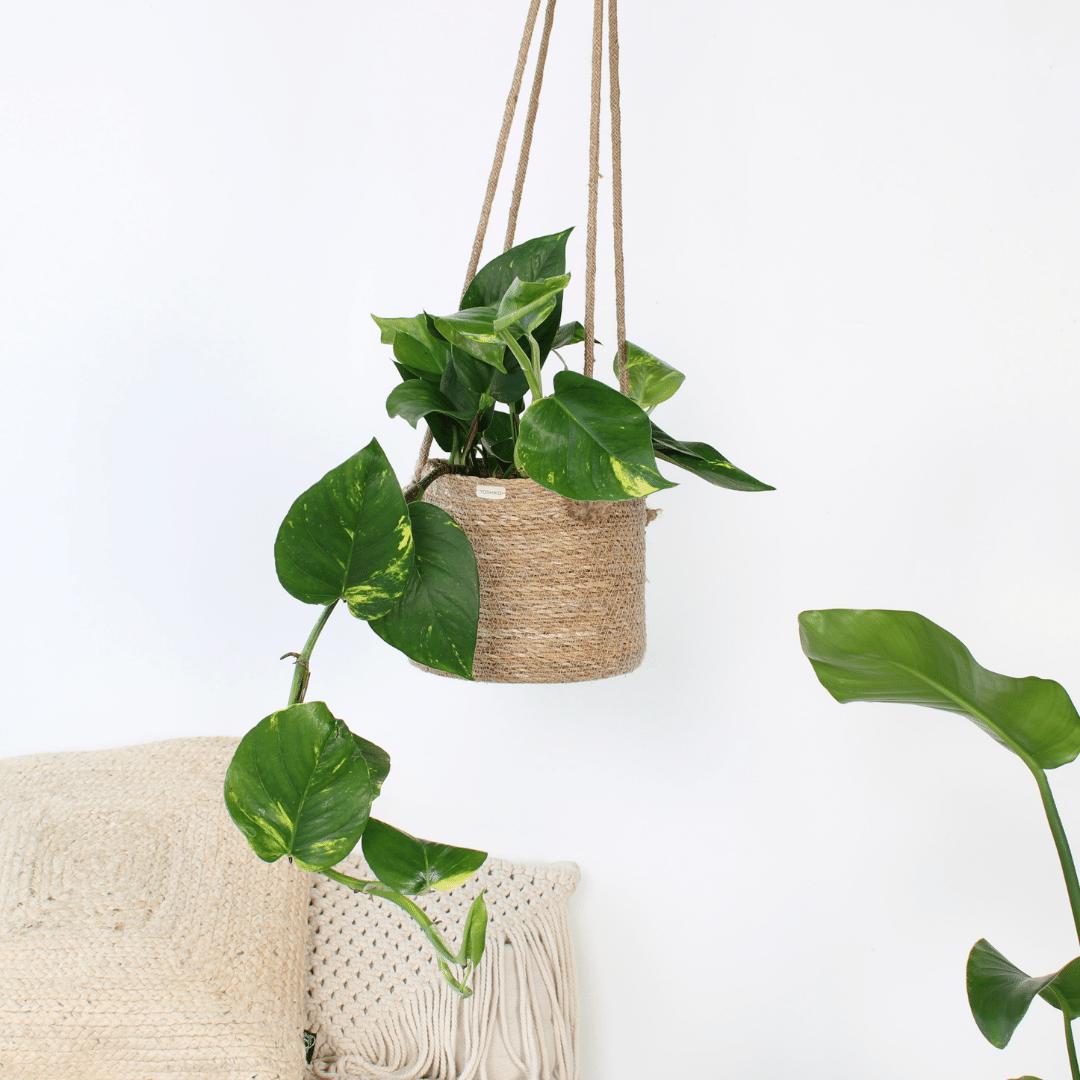
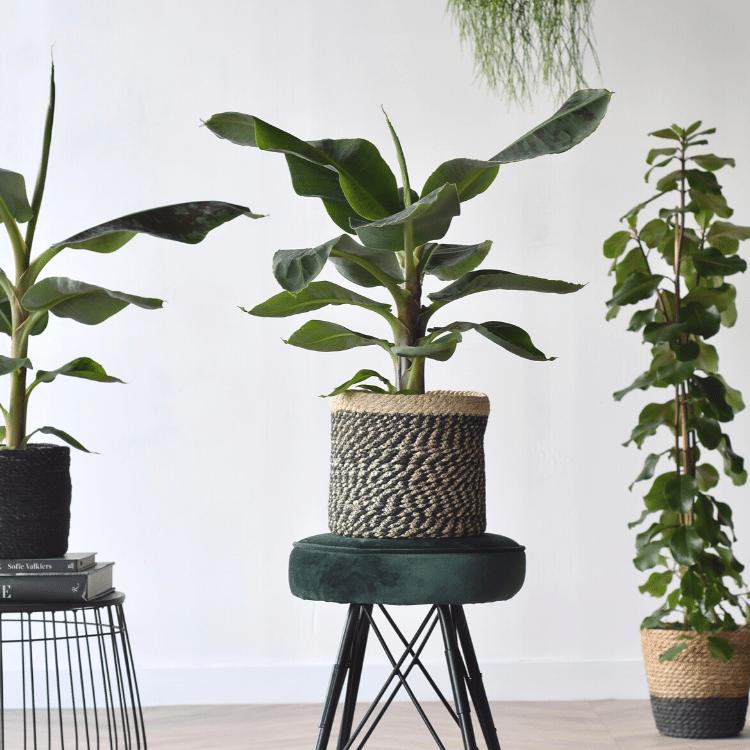
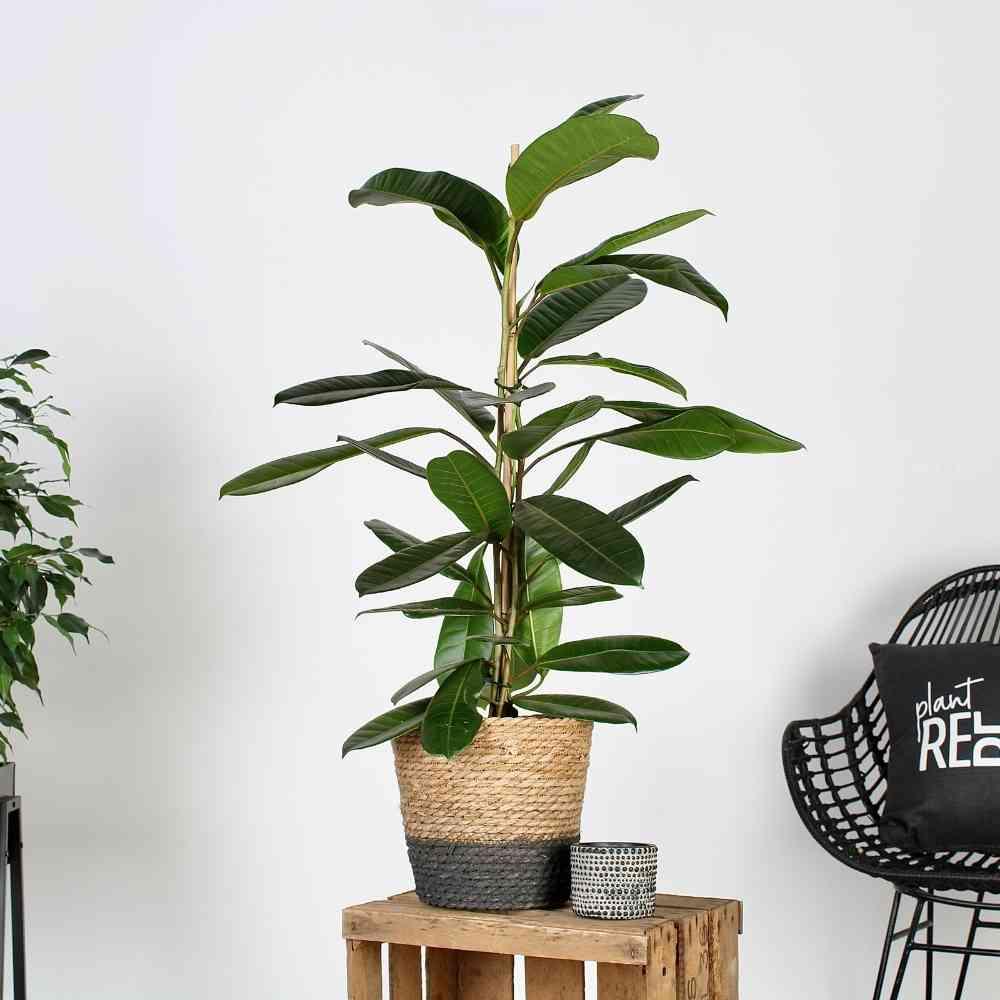
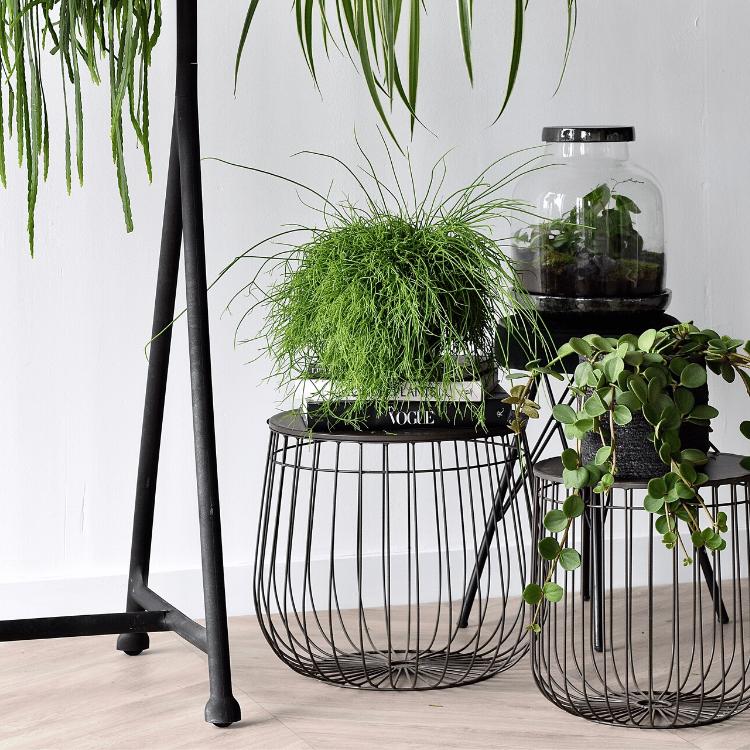
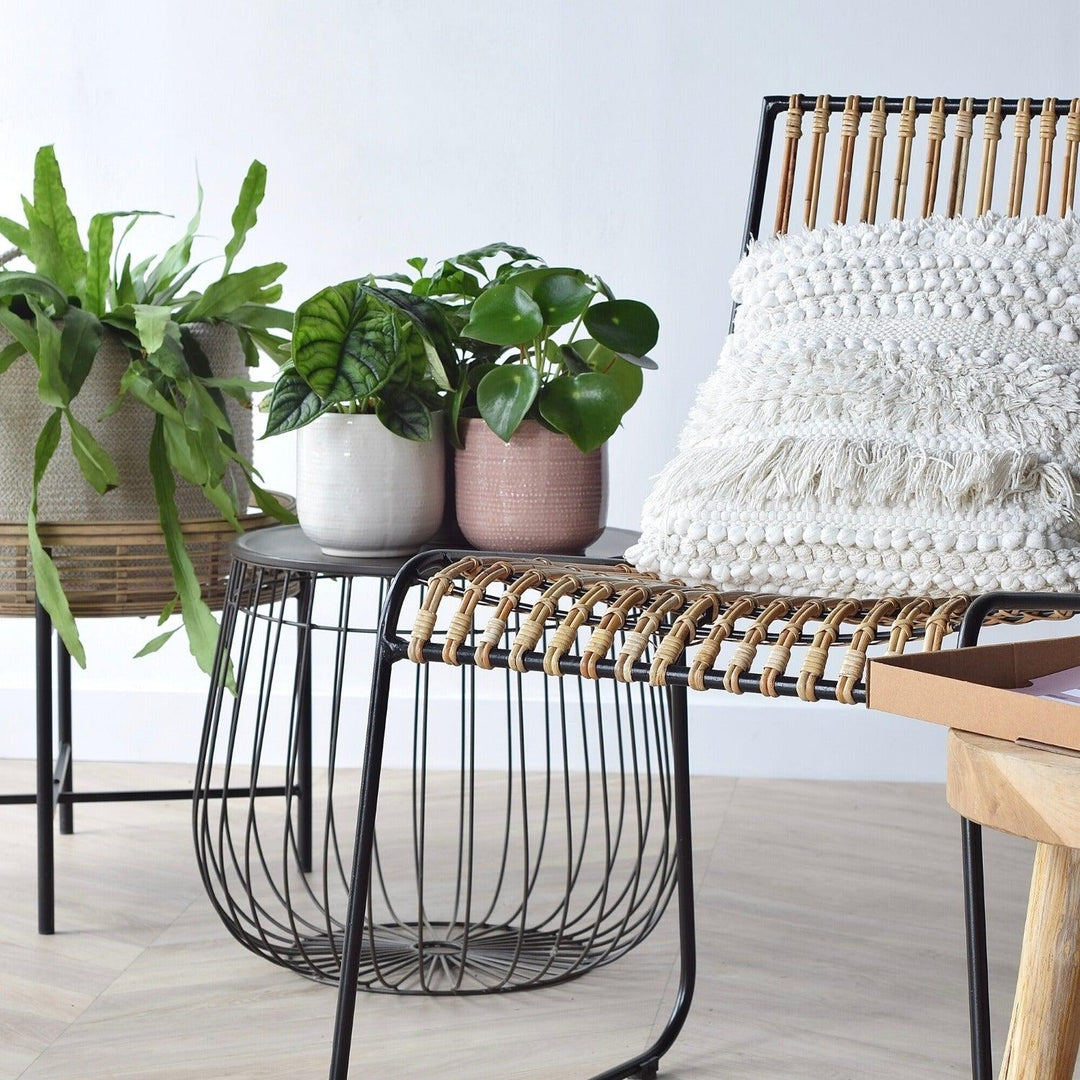
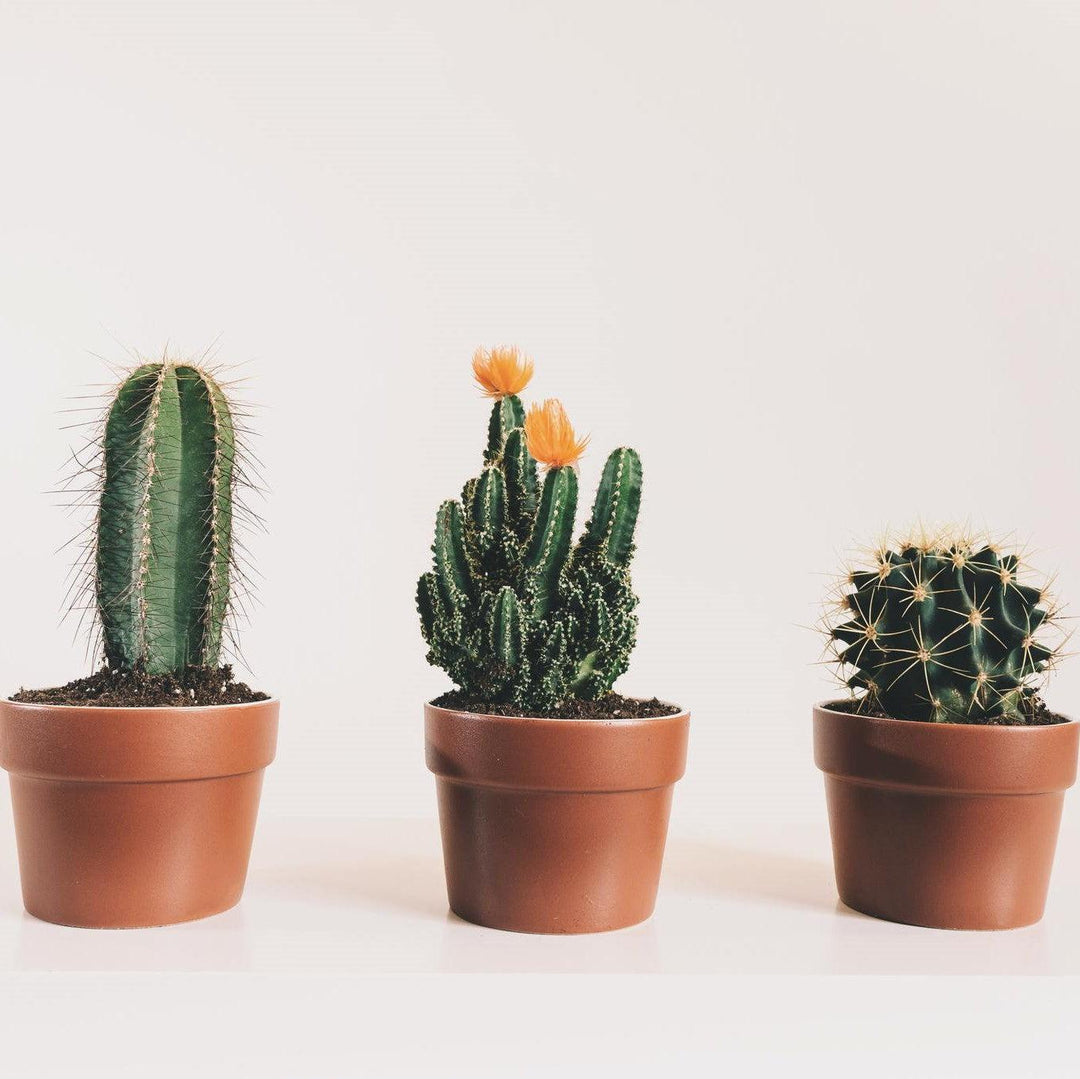
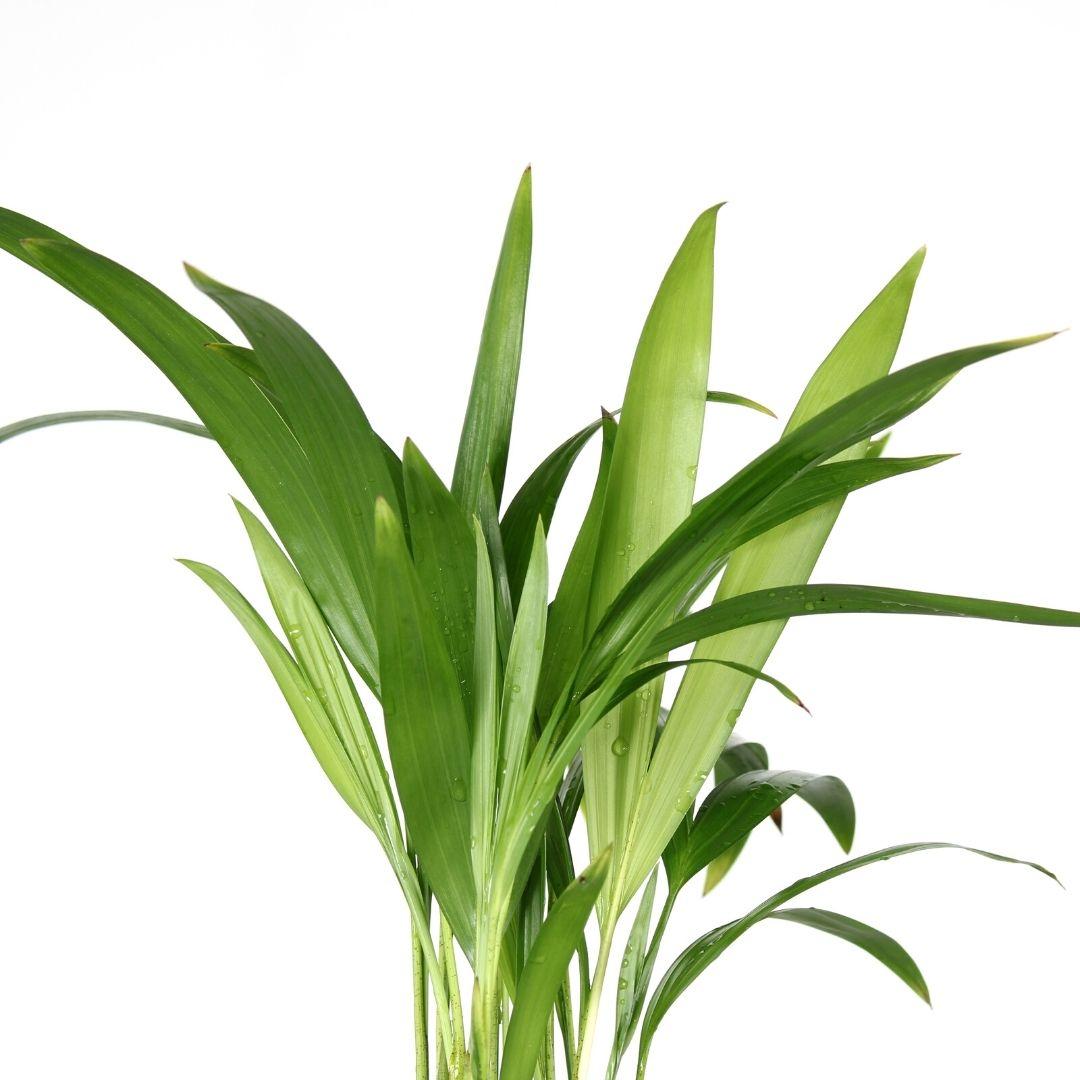
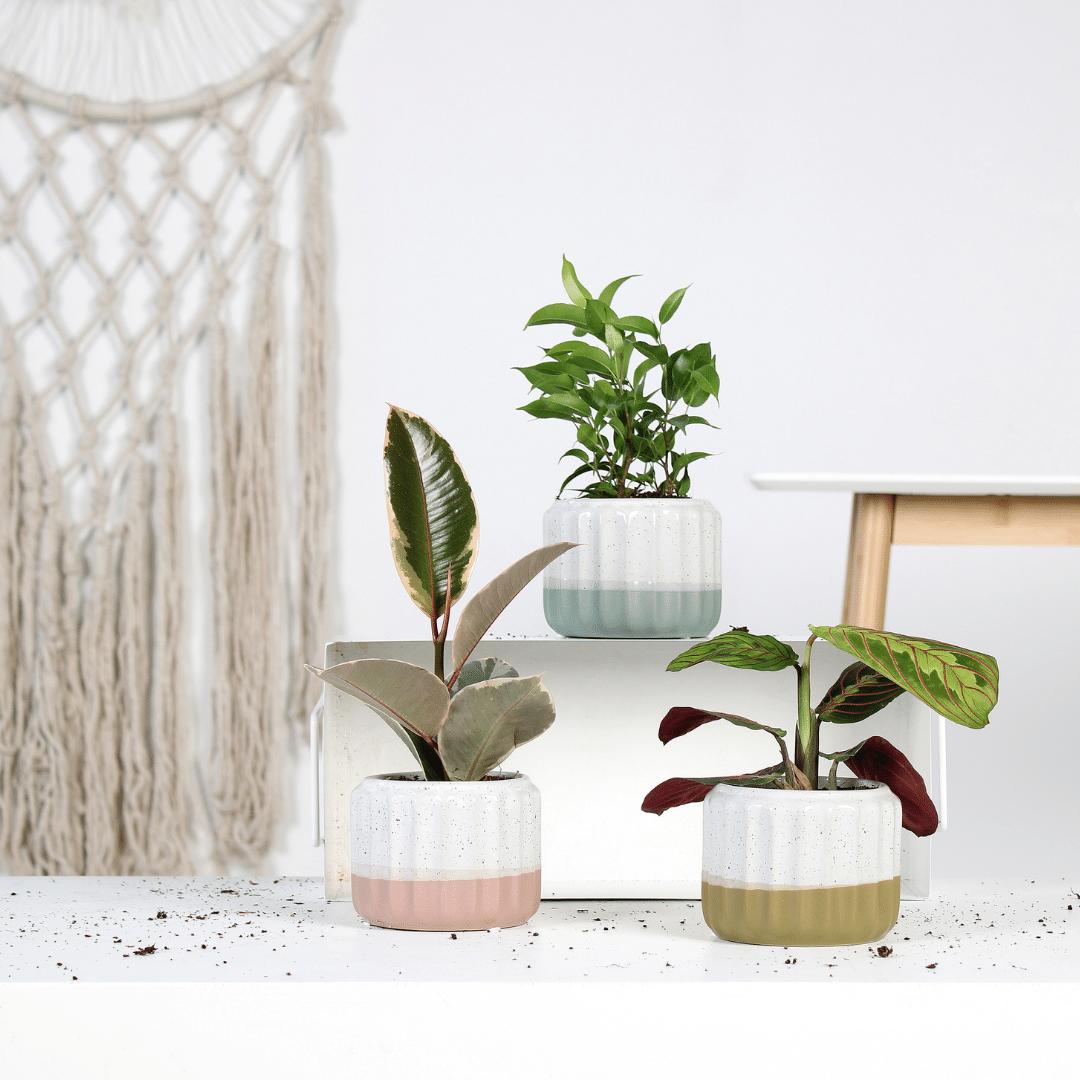
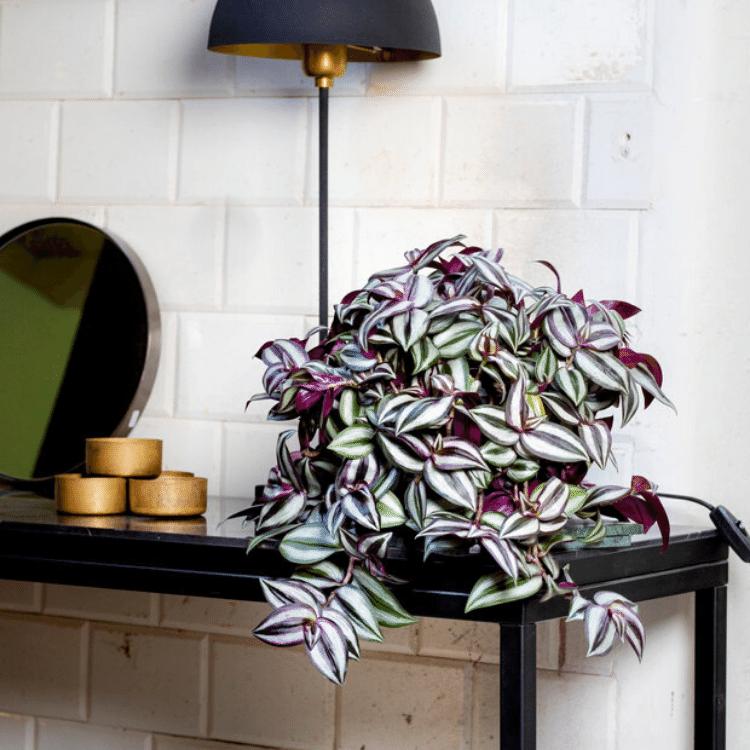
Leave a comment